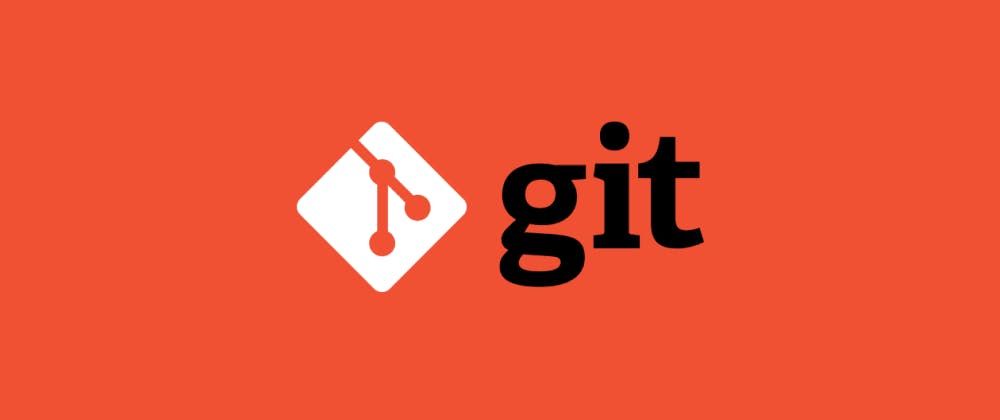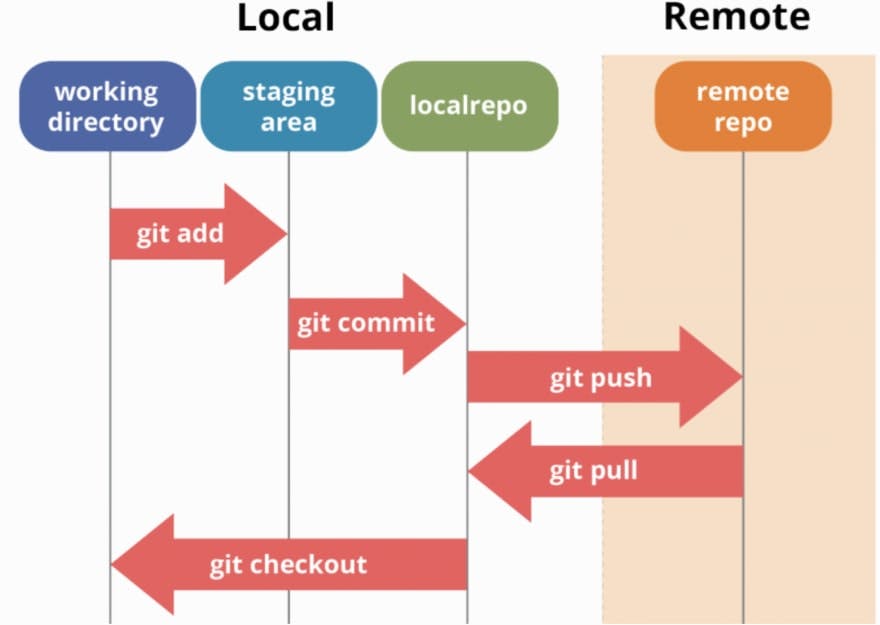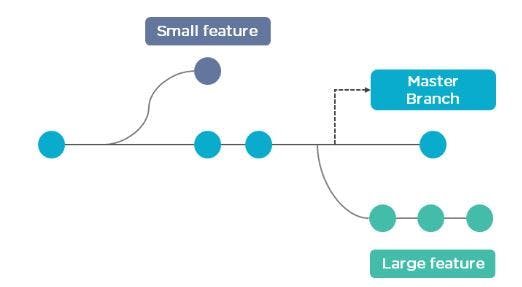Git - Overview
 We often hear the statement whenever we ask about git which is "Git is a distributed version control system". But what does it really mean??
We often hear the statement whenever we ask about git which is "Git is a distributed version control system". But what does it really mean??
A version control system is basically a system that provides with you the features of keeping a record of your software code changes, who made those changes, and at what time. Even restoration of previously changed code is possible with git. Git is a DevOps tool used for source code management. It is a free and open-source version control system used to handle small to very large projects efficiently.
Some advantages to developers after git:-
Every developer has an entire copy of the code on their local systems
There is regular communication between the developers
Any changes made to the source code can be tracked by others
Features of Git
- Distributed System
- Compatible with all the Operating Systems
- Branching
- Speed
- Open Source
- Secure
Git Workflow and Fundamentals

The Git workflow is divided into three states:
Working directory - Modify files in your working directory
Staging area (Index) - Stage the files and add snapshots of them to your staging area
Git directory (Repository) - Perform a commit that stores the snapshots permanently to your Git directory. Check out any existing version, make changes, stage them and commit.
Branch in Git
Branch in Git is used to keep your changes until they are ready. You can do your work on a branch while the main branch (master) remains stable. After you are done with your work, you can merge it with the main office.

Commands in Git
Create Repository
- git init
Make Changes
- add
- commit
- status
Parallel Development
- branch
- merge
- rebase
Sync Repositories
- push
- pull
- add origin
Hope you would have got the basic of Git in this blog.
Check out the other blog in which I have provided the basic explanation of Github and its uses.